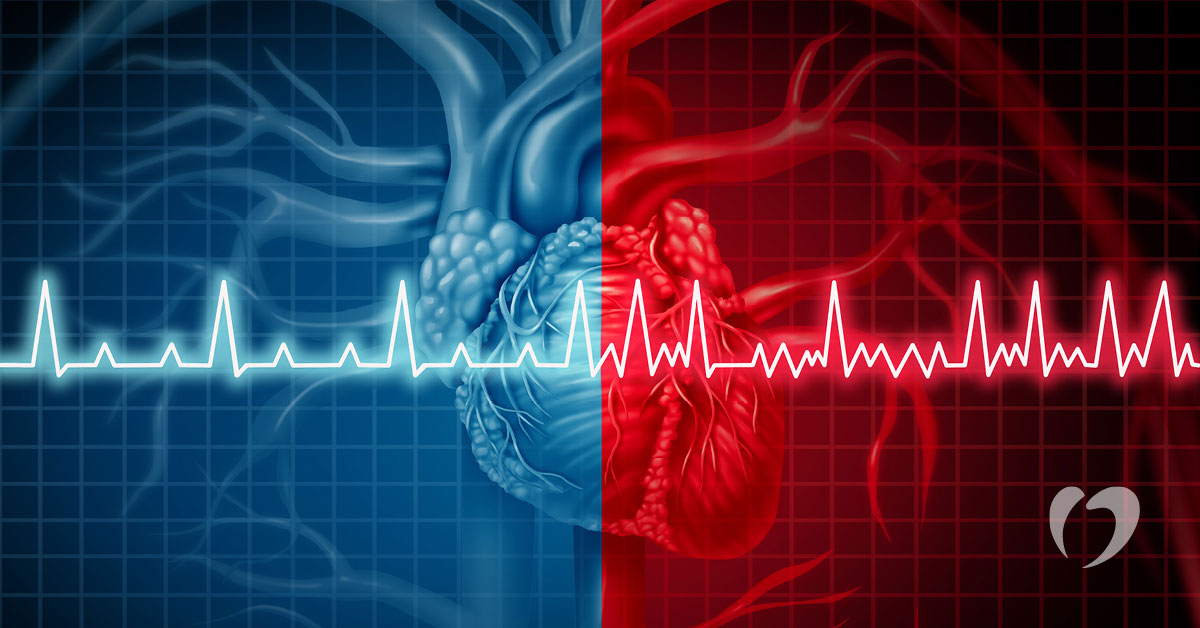Using Ablation to Treat Premature Ventricular Contractions

Premature ventricular contractions (PVCs) are a common type of arrhythmia where the bottom chambers of the heart (the ventricles) cause extra beats. Typically, each beat of the heart begins in the sinus node in the upper chamber (the atria) of the heart. The electrical impulse from the sinus node causes the atria to contract and send blood into the ventricle. When the ventricle beats sooner than it should, it creates an extra beat that is then followed by a stronger beat.
For the patient, this arrhythmia will feel like a very hard heartbeat followed by a skipped or missed beat. PVCs can develop at any time and in all ages. PVCs can occur in otherwise healthy individuals with no other heart problems or in conjunction with other heart diseases. While PVCs may not be life-threatening on their own, they can make the heart function less effectively and cause other more serious problems.
Diagnosing premature ventricular contractions
If your doctor suspects you may have premature ventricular contractions, they will begin by ordering an Electrocardiogram (ECG) to rule out more serious diseases. Because PVCs do not occur all the time, an in-office ECG may not record the arrhythmia as it happens. For this reason, a Holter monitor that is worn for 24 to 48 hours is often used to diagnose PVCs. During this time, it continuously records the heartbeat, and the patient keeps a log of how they are feeling to match any recorded arrythmias with symptoms experienced by the patient. A doctor then reviews the data to diagnose premature ventricular contractions.
General treatments for PVCs
Many times, treatment options for PVCs include medication and lifestyle changes, as lifestyle factors can impact PVCs. For example, reducing stress and decreasing caffeine intake could lessen the occurrence of PVCs. Beta blockers or calcium channel blockers are the most common medications prescribed. For some patients with severe PVCs or for those in whom medication and lifestyle changes are not effective, PVCs can be treated using catheter ablation.
New ablation treatments for PVCs
To perform an ablation, a catheter is fed through a vein to the heart, and the area of the heart that is causing the premature contraction is destroyed, or ablated, using radiofrequency. In recent years, advances in catheter ablation treatment have increased the safety and effectiveness of treating PVCs. Mapping technologies using new catheters that integrate with computer programs give surgeons a precise look at the areas of the heart causing the premature contraction and aid in finding and resolving the problem.
If you have been previously diagnosed with premature ventricular contractions or are showing any symptoms of this heart rhythm disorder, contact the Oklahoma Heart Hospital to schedule an appointment with a specialist at our Heart Rhythm Institute.
